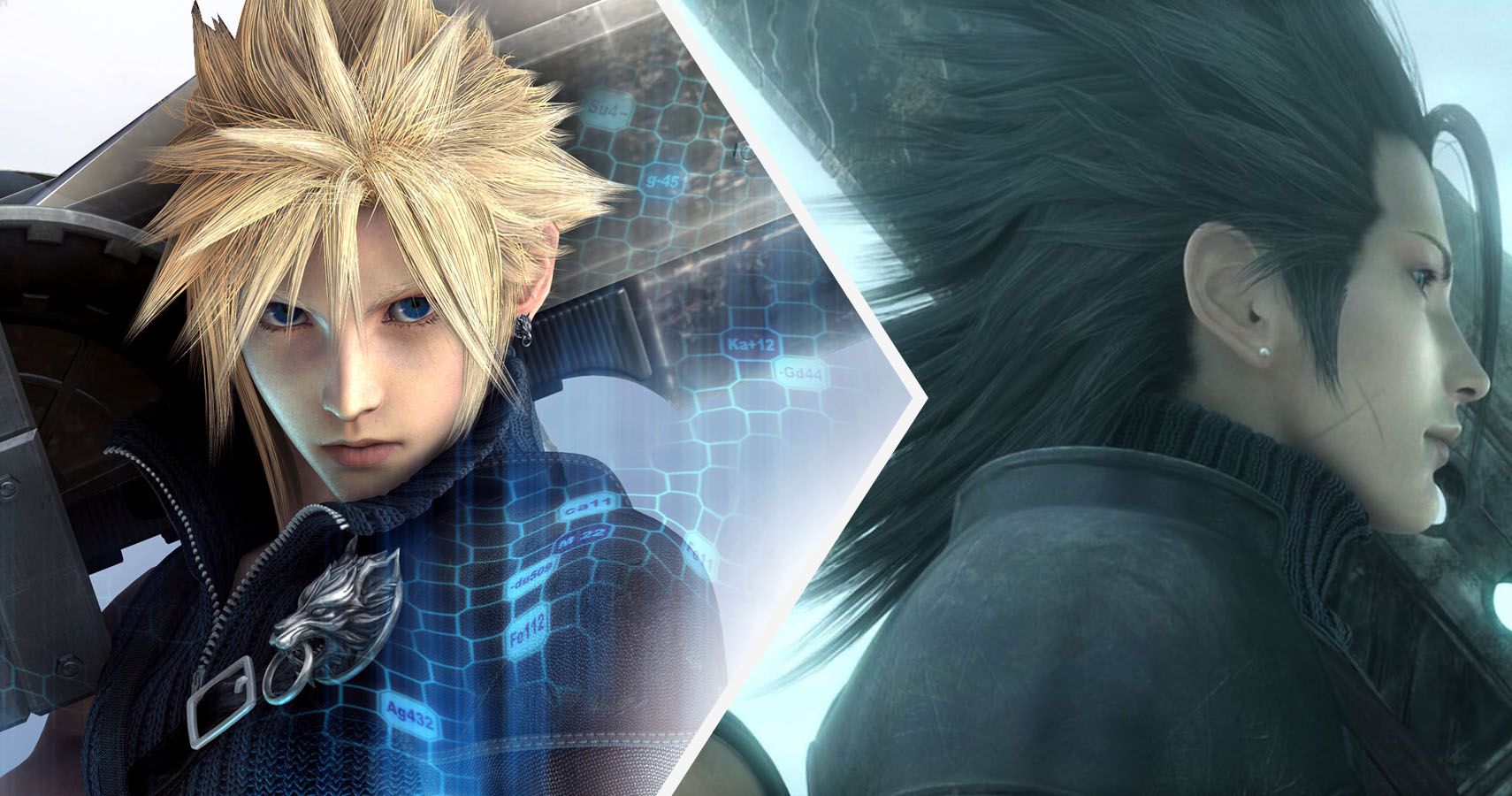
The original Final Fantasy VII has one of the most impactful endings in the history of the video game medium. With Meteor hitting Planet Earth, it’s implied that mankind has been wiped out– deemed harmful to the planet in the cleansing process. Post-credits, Red XIII a Midgar claimed by time, howling at a new world without humanity’s fingerprint.
This didn’t stop fans from clamoring for a sequel, however, and it was only a matter of time before Square relented. The official sequel to FFVII, Advent Children spits on Final Fantasy VII’s core themes more often than not, but it at least does it in style.
10 Ruins FF7: Zack’s Living Legacy
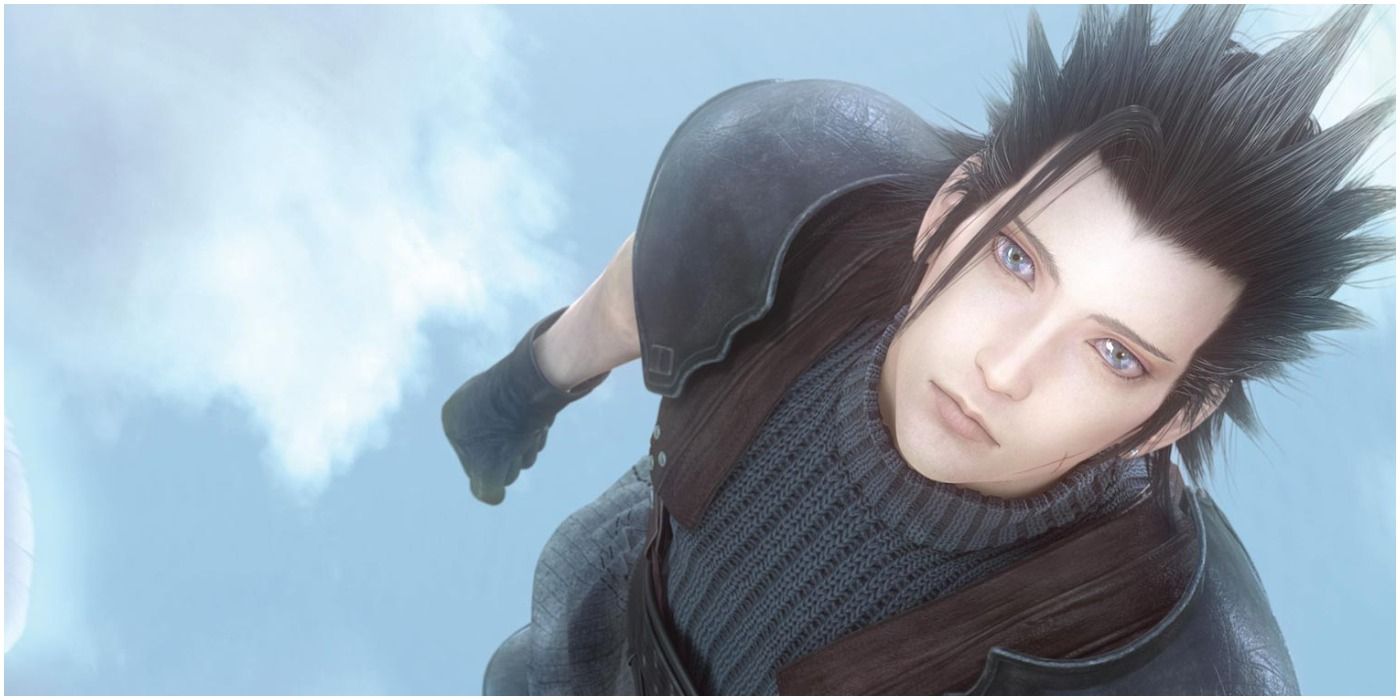
The original Final Fantasy VII's depiction of death is still unparalleled not just in the video game medium, but as far as most fiction is concerned. There's almost a need to depict death as romanticized and idealized as possible, but Final Fantasy VII rejects anyone Hollywood-esque notions of death, allowing both Aerith and Zack to die without uttering a single word.
Zack's death in particular is harrowing as he's gunned down in the rain like a dog. Advent Children shows how painfully tone-deaf it is by not only retconning the event to give Zack last words, he's literally begging Cloud– a man tortured by the fact his psyche is pretending to be Zack– to be his living legacy. Gross.
9 Alright Sequel: Great Action
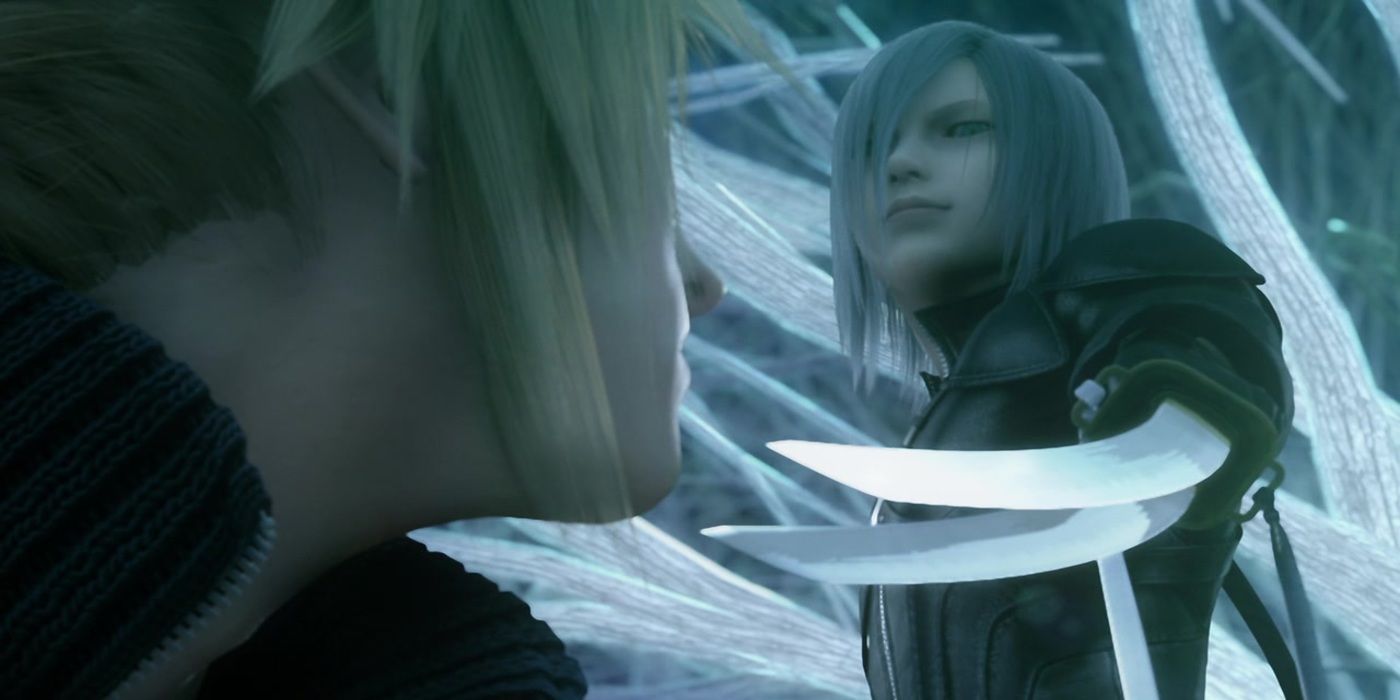
Not every fight is a hit (which we'll get to,) but Advent Children manages to have some pretty solid action for the most part. Between the motorcycle duels, Cloud duking it out with Kadaj near the end of the film, and Tifa's excellent introductory fight against Loz, Advent Children does know how to the get he blood pumping, featuring plenty of creative choreography to go around.
The highlight of the film has to be the final battle between Cloud and Sephiroth. Narratively, it's a mess that does the story no favors, but the actual action is frantic and surprisingly bloody. Cloud takes some serious damage from Sephiroth, but it all makes for a compelling end to the film.
8 Ruins FF7: Bahamut Sin Fight
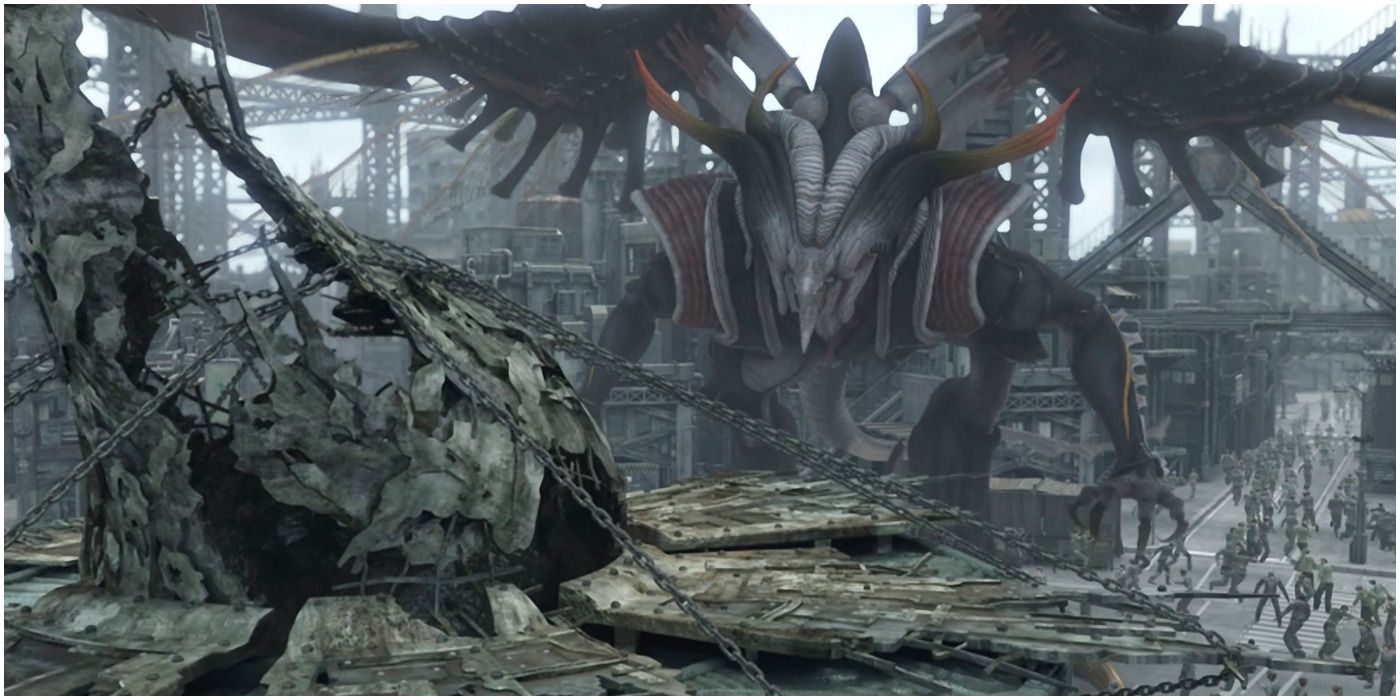
What's not compelling, on the other hand, is the pitiful fight against Bahamut Sin. A major point in the movie, the fight against Bahamut Sin sees the entire original party coming together for the first time in the film. Up to this point, only Tifa and Vincent have shown up alongside Cloud to contribute to the plot. Now, everyone has the chance! And... it's lame.
In a movie that manages to consistently have good action, Bahamut Sin is outright baffling. Between the party doing next to nothing other than attacking a few times and Cloud gaining otherworldly assistance from Aerith to defeat the beast, Bahamut Sin is a serious low point for Advent Children.
7 Alright Sequel: Great Music
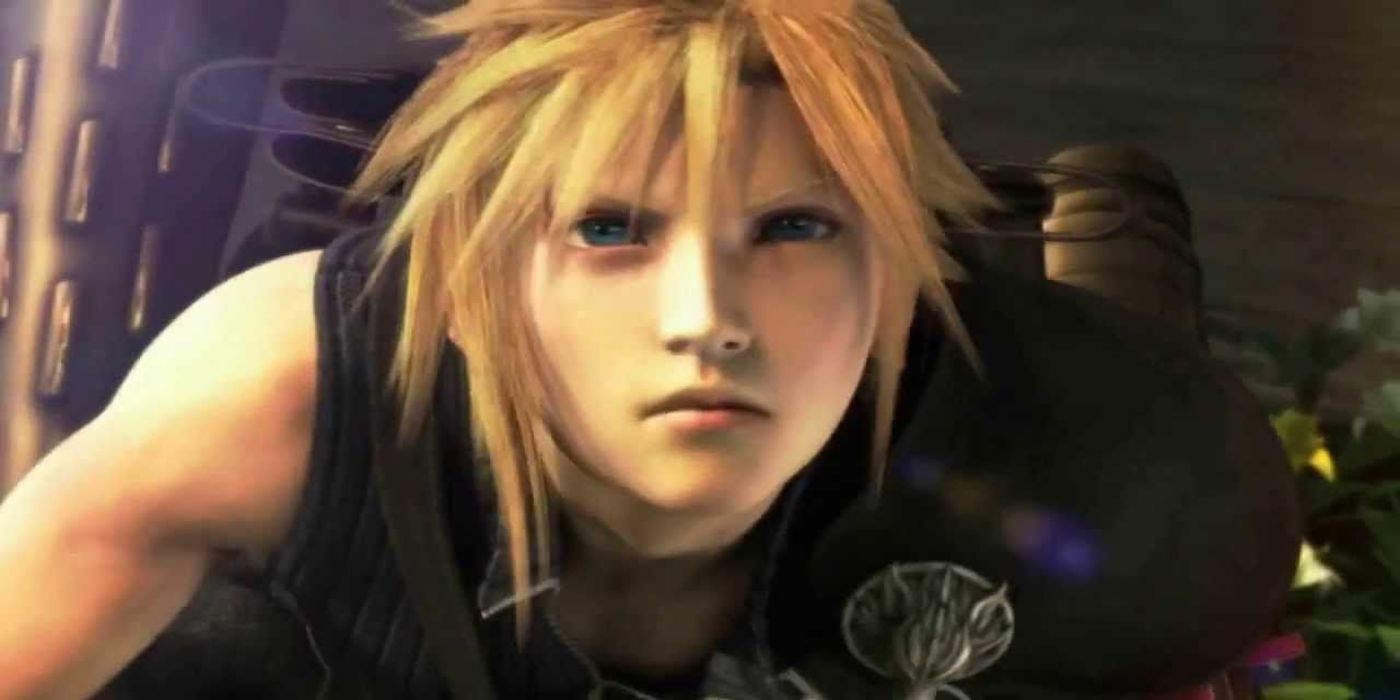
Even if Advent Children were the absolute worst sequel it could possibly be for Final Fantasy VII, it would probably still have a soundtrack worth listening to. Hell, Advent Children's soundtrack is so good that it actually does help hide the film's mediocrity at times while simply elevating the scenes that already work.
It comes as no surprise, but the fight scenes tend to have the best music. A piano rendition of the regular battle theme scores Tifa's fight with Loz (and it sounds beautiful) while epic renditions of J-E-N-O-V-A and One Winged Angel close out the penultimate and final fights respectively. There's a killer soundtrack scoring this movie.
6 Ruins FF7: Aerith’s Assistance From The Afterlife
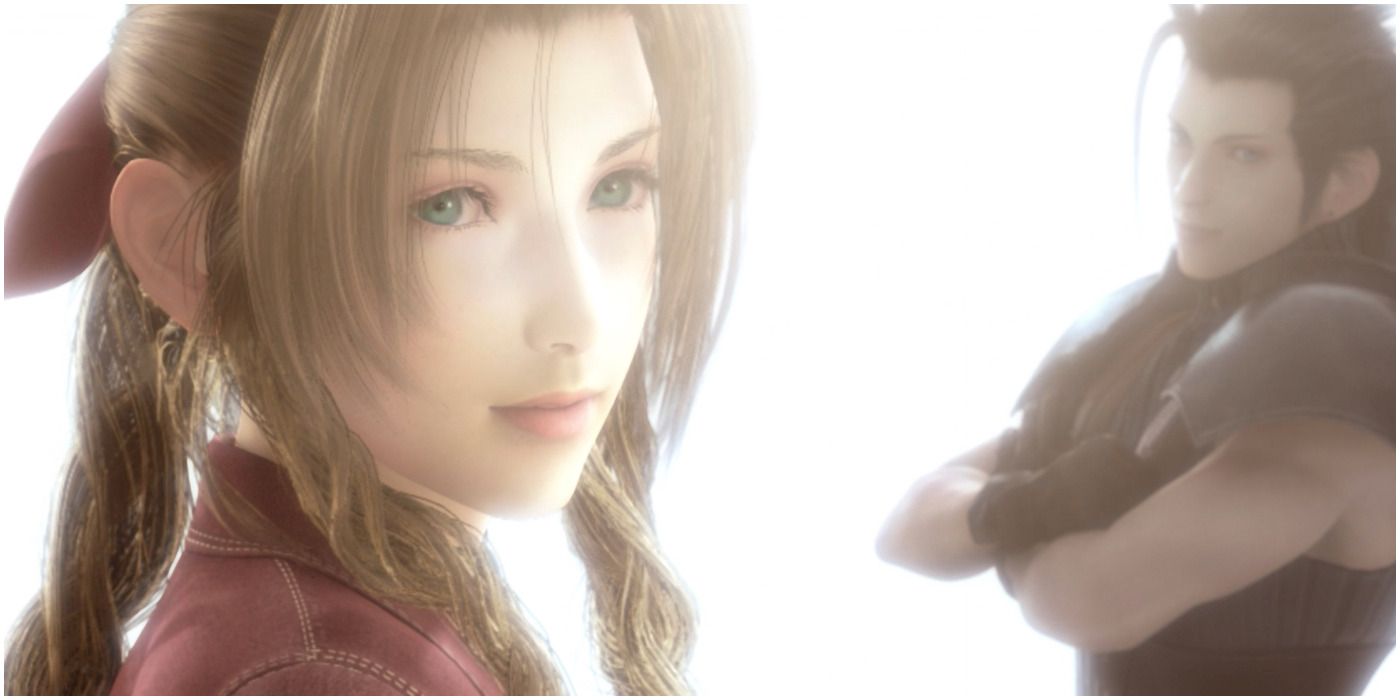
Yoshinori Kitase famously stated that the intent behind Aerith's death in Final Fantasy VII's death was to capture the reality of death. Often, death in media is painfully Hollywood, stretching believability for the sake of drama. Aerith doesn't get to say goodbye and the party don't get to understand the circumstances that truly led to her death. All that died with Aerith.
Which makes Aerith as a tangible presence in Advent Children all the more insulting. Not only does she physically help Cloud defeat Bahamut Sin, she speaks to Cloud from beyond the grief at multiple points in the film and even rejects his death near the end of the film, saving Cloud's life. Any reality attributed to Aerith's death can be tossed out the window.
5 Alright Sequel: Geostigma Is A Great Concept
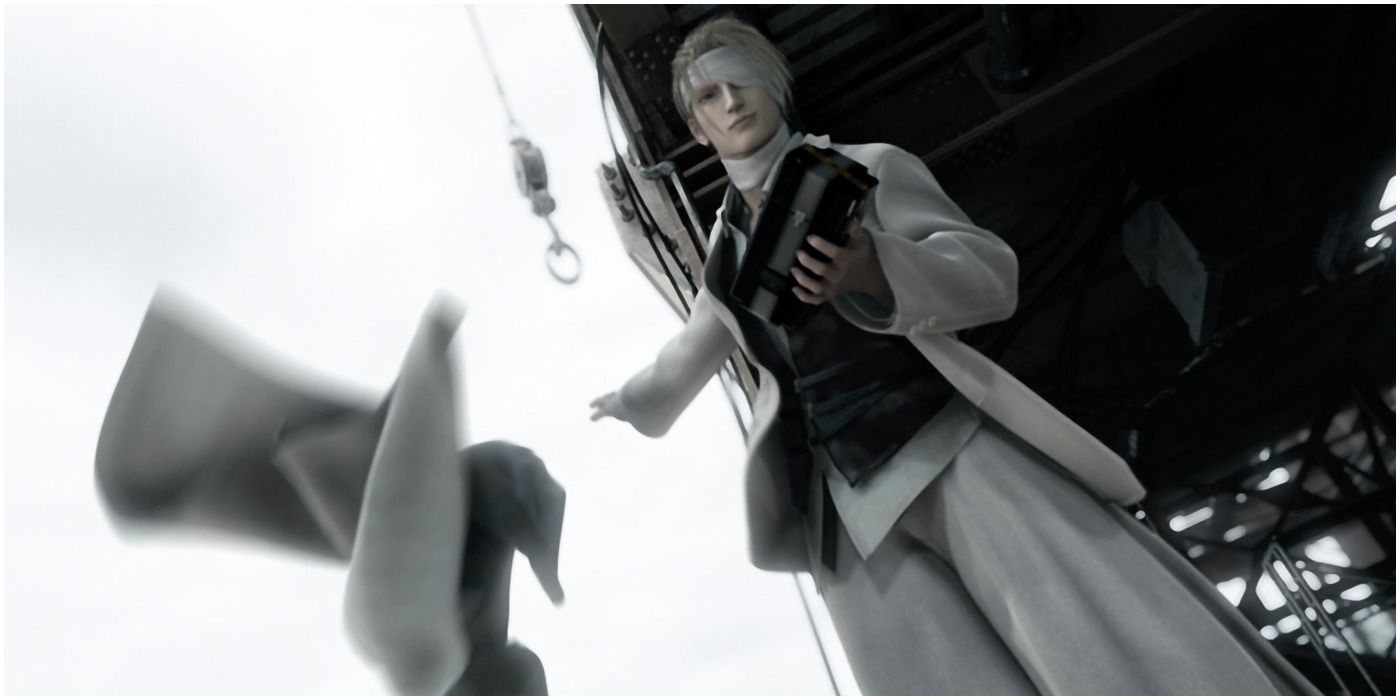
Tonally, most of Advent Children does a pretty good job at fulfilling the role of a Final Fantasy VII sequel. Meteor may not have wiped out humanity right away, but it did infect them with an incurable disease, Geostigma– a disease which makes the user painfully puss black blood out of their body, inevitably killing the host.
Cloud himself even begins the movie marked for death, infected by Geostigma. Through Geostigma, Advent Children offers the audience an opportunity to explore the inevitability of death through Cloud's eyes... or at least that's what Geostigma should have been. It's conceptually sound, but it fails in execution.
4 Ruins FF7: Geostigma’s Fix-All Cure
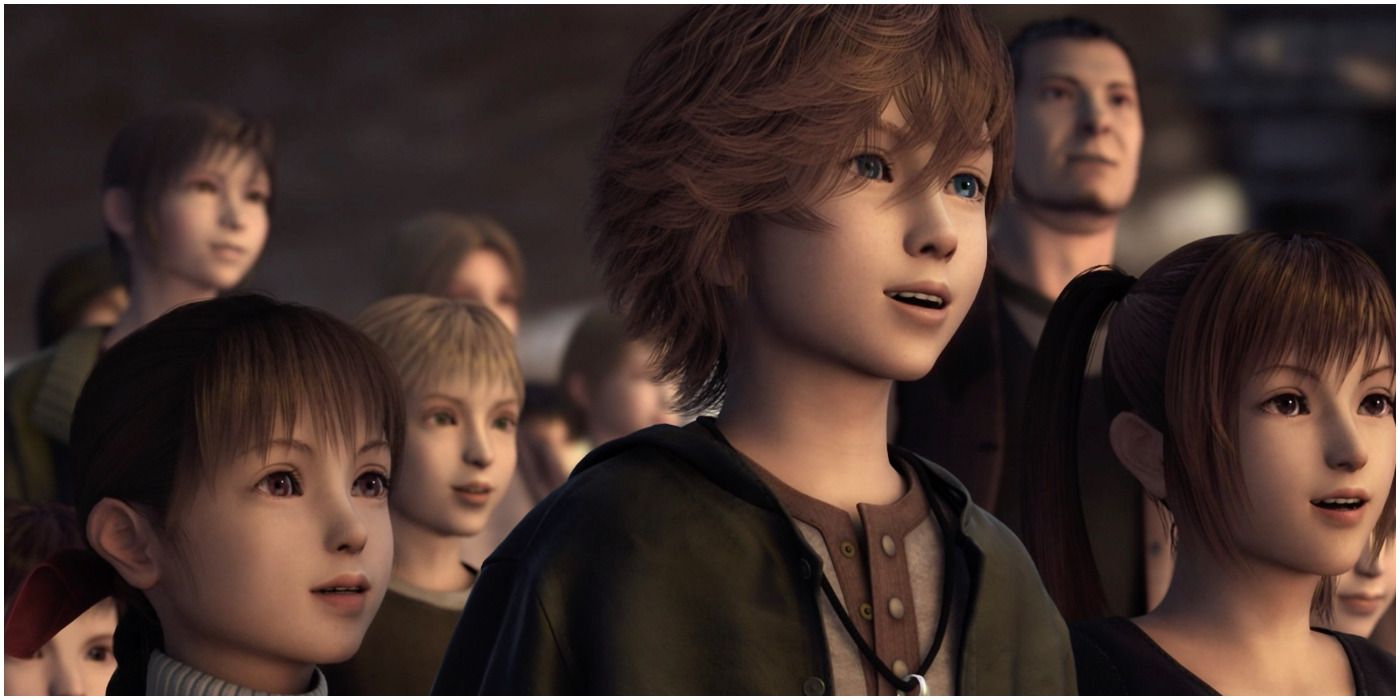
Geostigma is an aggressively sad and painful death plague that is wiping out humanity one by one by the start of Advent Children. Just two years after Meteor hits and it's already understood that Geostigma is a death sentence for anyone and everyone who contracts it– no known cure exists. This is a fantastic arc waiting to happen for Cloud, but it's undermined hard.
Aerith's church ends up flooding with water capable of curing Geostigma. Cloud has his infection wiped away without ever needing to confront the fact he will die head on. Everyone who has contracted Geostigma in the story can now be cured, depriving the disease of any weight it initially had.
3 Alright Sequel: Acknowledge Of Cloud & Tifa’s Relationship
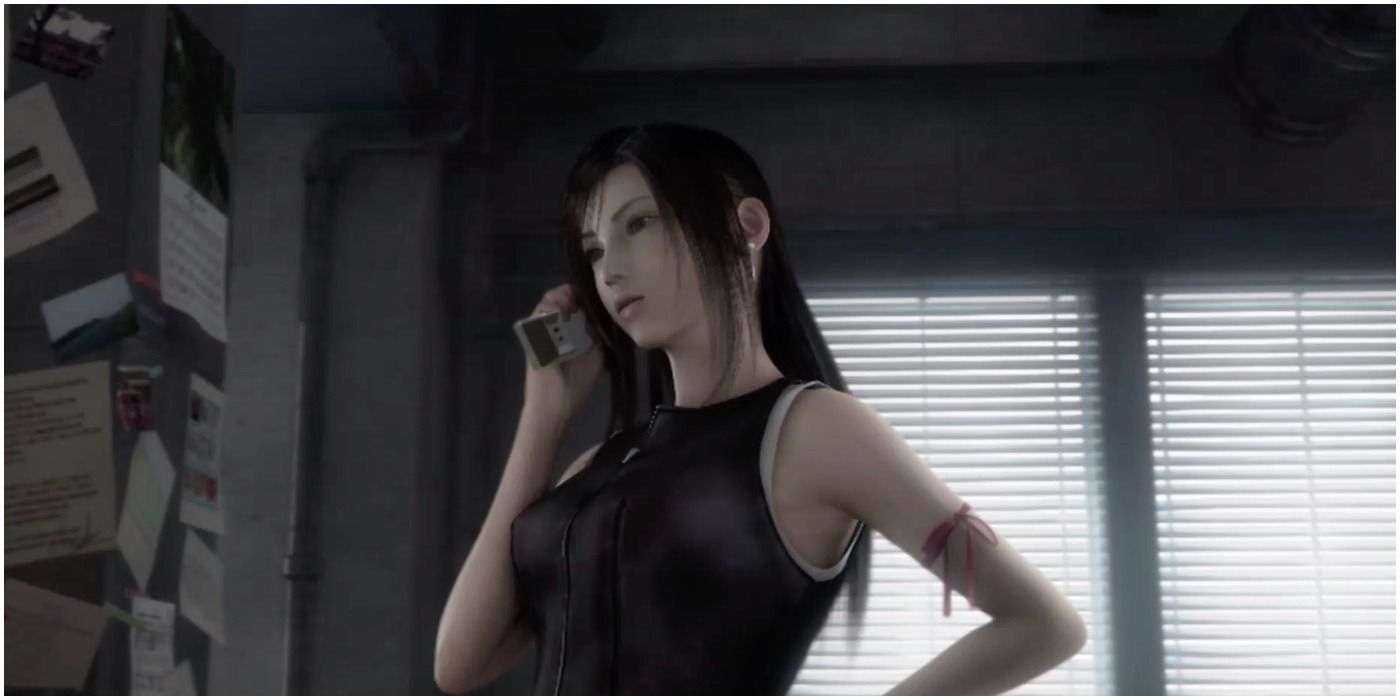
Cloud and Tifa are notable for actually striking up a romantic relationship over the course of Final Fantasy VII that canonically turns sexual. Final Fantasy's history with romance primarily dates back to Cecil and Rosa in FFVIV– the franchise's first great love story– but Tifa and Cloud make a strong pairing.
In nice that Advent Children makes direct reference of their relationship, with Tifa asking Cloud if it's worth chasing after the ghost of Aerith instead of being with the woman who's stood by him all these years. It's not much, and Tifa's comment is basically a throwaway line, but it's a nice bit of continuity that shows Cloud & Tifa have maintained their romantic connection.
2 Ruins FF7: Too Many Turks
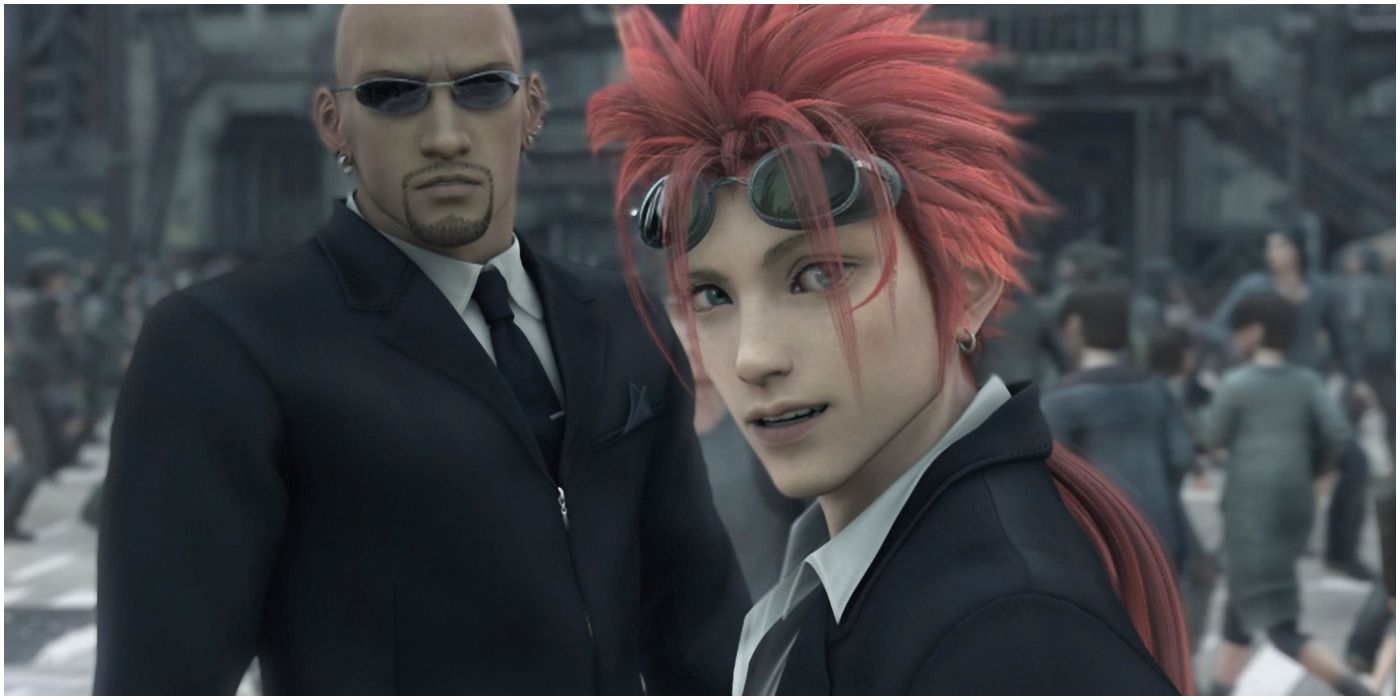
The Turks are some of the most beloved characters in the original Final Fantasy VII, so logic only dictated that they would play a role in Advent Children. Considering just how popular Reno and Rude were, it only made sense to make them major characters. Tragically, what makes sense isn't always for the benefit of a film.
Reno and Rude eat up too much screen time while generally being worse depictions of their original selves. Everyone's less nuanced in Advent Children on a whole, but Reno in particular has had all the depth beaten out of him, leaving nothing but a joke of a character behind.
1 Alright Sequel: The Credits Are Unironically Cool
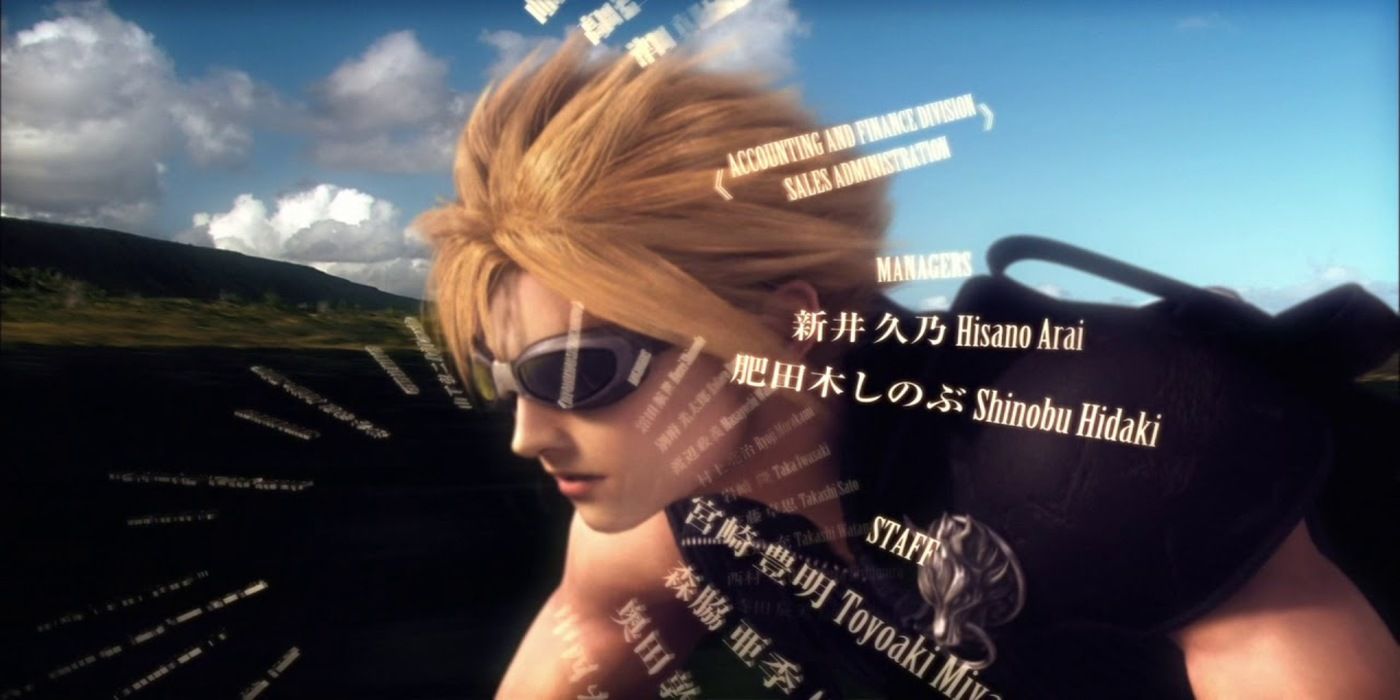
This isn't even a cheeky put-down trying to suggest the movie is at its best when it's over, Advent Children legitimately has a very cool end credits sequence. Considering how dark and dour the film is on a whole, watching Cloud ride his bike across the colorful Midgar landscape is a great sight to behold. Especially because it's not Midgar at all.
While Cloud himself is fully CG, as is his bike, the actual setting is real life Hawaii. Instead of Cloud's model clashing with the background, however, Cloud's speed keeps the credits sequence from looking awkward. It's a nice, relaxing way to end the film.
from Game Rant - Feed https://ift.tt/3d3xkjJ
Comments
Post a Comment